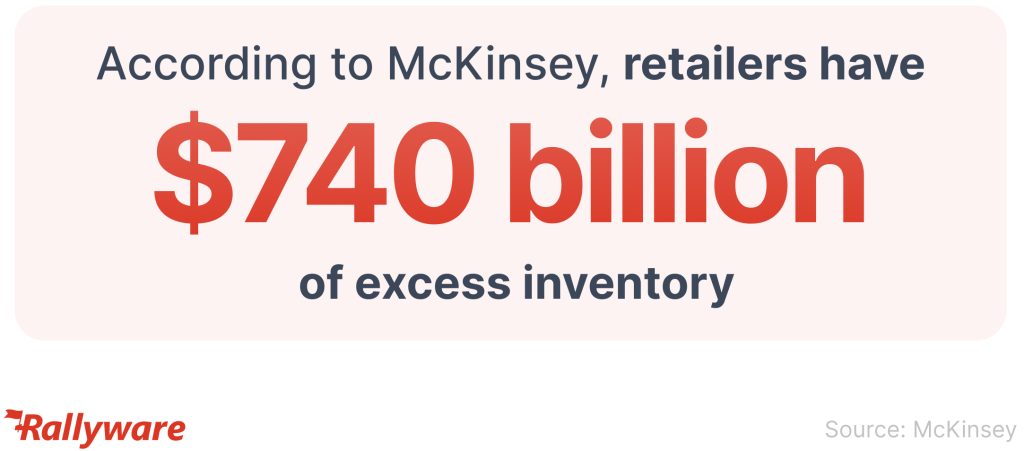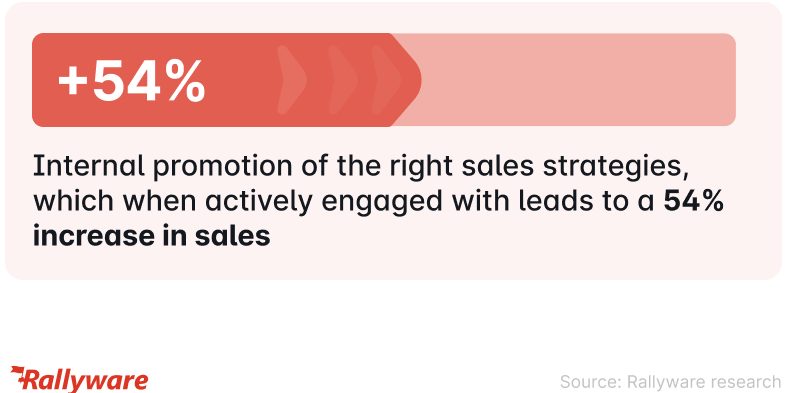Retailers are investing hand-over-fist in Customer Experience (CX) technology and eCommerce. Think about eCommerce platforms like Shopify and in-store CX features like virtual dressing rooms. For instance, Metrigy’s 2023 Technology Spending Outlook report found that 65.1 percent of business leaders planned to increase CX technology spend by an average of 24 percent.
It’s, of course, smart to invest in futuristic technologies, but smart companies want to be wary. What do companies sacrifice by investing so much in CX?
Workforce Experience Is Customer Experience
Customer purchasing behaviors are largely driven by macroeconomic factors like inflation and wages. Companies can try to persuade customers to make purchases, but they cannot direct or guide them per se.
On the other hand, retail companies can direct and guide the workforce’s efforts in the sales process to be as empowered as possible. Investment toward changing the behaviors of the sales force to make them more effective is an investment in improving a resource the company already has. Furthermore, many customers might have no interest in, for instance, in-store VR or AR, yet, universally, nearly every customer wants to be treated attentively and proactively by a knowledgeable, enthusiastic frontline associate.
We encourage brands and retailers to look toward a model that Rallyware’s researchers call Performance Enablement Platforms (PEPs) as tools for resisting market volatility. PEPs are smart, highly advanced sales enablement-like platforms delivered mobile to associates, driven by algorithmic rules and frontline data integrations to increase targeted corporate KPIs like earnings, engagement and retention.
Using Frontline Technology to Solve Retail’s Billion-Dollar Problem
Let’s look at the impact of Performance Enablement technology through the lens of one of retail’s most intractable issues. Today, the bane of almost every retailer’s existence is overstocked inventory, with 58 percent of surveyed businesses reporting they plan to liquidate SKUs if they cannot sell. At the same time, McKinsey estimates retailers have $740 billion in unsold inventory gathering dust.

Any warehousing costs for excess inventory must be passed onto the customer. In a year when there have already been eight retail bankruptcies, companies need to think strategically about solving this problem and resisting stagnation. Billions of dollars are on the line. For example, Nike, which has gone a long way toward solving its overstock problem, reportedly has around $9 billion worth of inventory.
One key way that Nike destocked was promotions. Particularly during the holiday season, they offered promotions on inventory they needed to move to reduce their glut and, thus, warehousing costs.
What role does digital, sales force-facing technology have in this process? At a time when consumers are more savvy, particularly regarding high-spend items, simply putting an on-sale sticker on an item won’t do. Many consumers will even think that an item going on sale is inherently inferior or defective; this is where Performance Enablement for retail becomes important.
Rallyware, a mobile-friendly PEP for retailers and brands, can smartly target sales actions to destock and create the right frontline behaviors.
Destocking in Action: Molding Targeted Sales Behaviors
Imagine that a popular outdoor retailer has to move a certain quantity of overstocked climbing shoes before the holiday season. The Rallyware platform can be set up, using smart “business rules,” to algorithmically notify associates to sell those climbing shoes, how to sell them and who to sell them to—for instance, key clientele to reach out to.
Rallyware could send sales incentives, for instance, saying that if the associate sells X amount of climbing shoes today using Y sales strategies, they will be entered into a sweepstakes to receive a free trip.
Yet because PEP technology evolves to fit the goals and performance of the individual associate, Rallyware will send such notifications only when they are relevant to the seller, i.e., after completing a learning task about the climbing shoe.
The goal is not just to make a sale but to create proactive, engaged and knowledgeable behaviors among the sales force while selling the right items—in this case, the climbing shoe that must go. In doing so, Rallyware binds associates closer to the company’s strategy and mission, helping them feel part of a larger organization. This is a kind of “internal promotion” of the right sales strategies, which, when actively engaged with, Rallyware research shows, leads to a 54 percent increase in sales, as we describe in this customer story.

Overcoming Industry Challenges the Smart Way
Don’t overinvest in CX (customer experience) and underinvest in WX (workforce experience). Instead, look toward technology that amplifies the power of retailers’ key in-store resource—the frontline—using the Performance Enablement model of smart technology; this boosts CX in person-to-person interactions, helping companies stand out while making the workforce more proficient sales-wise, effectively improving two key outcomes in tandem.
CTA1: Learn more about Rallyware’s PEP for Brands
CTA2: Learn more about Rallyware’s PEP for Retailers
Rallyware is a Pro Partner of SGB Media











